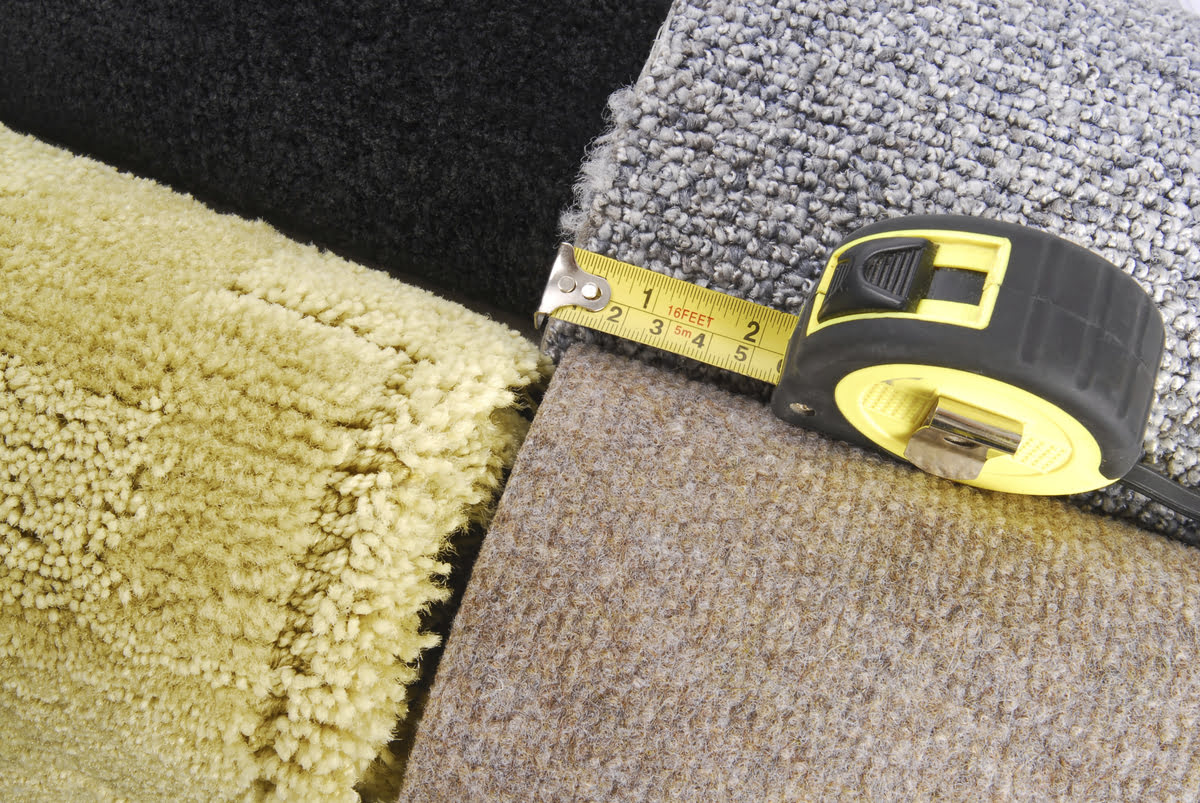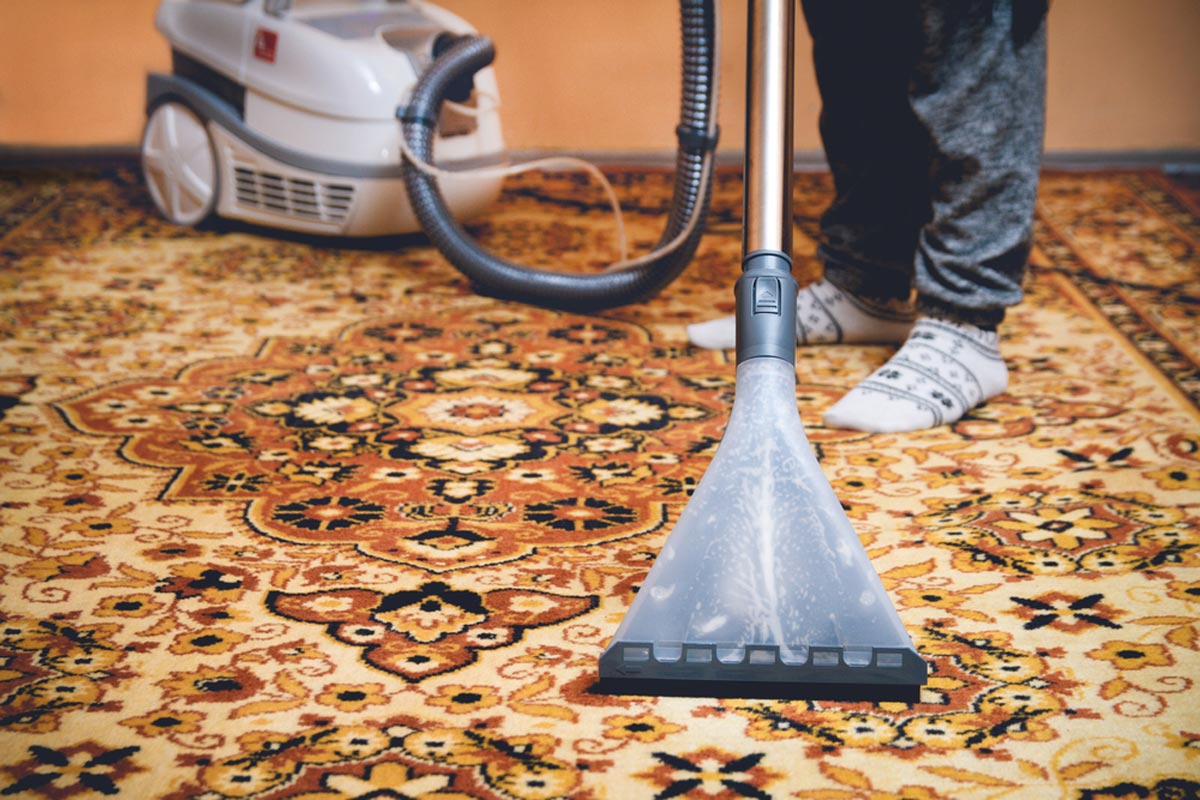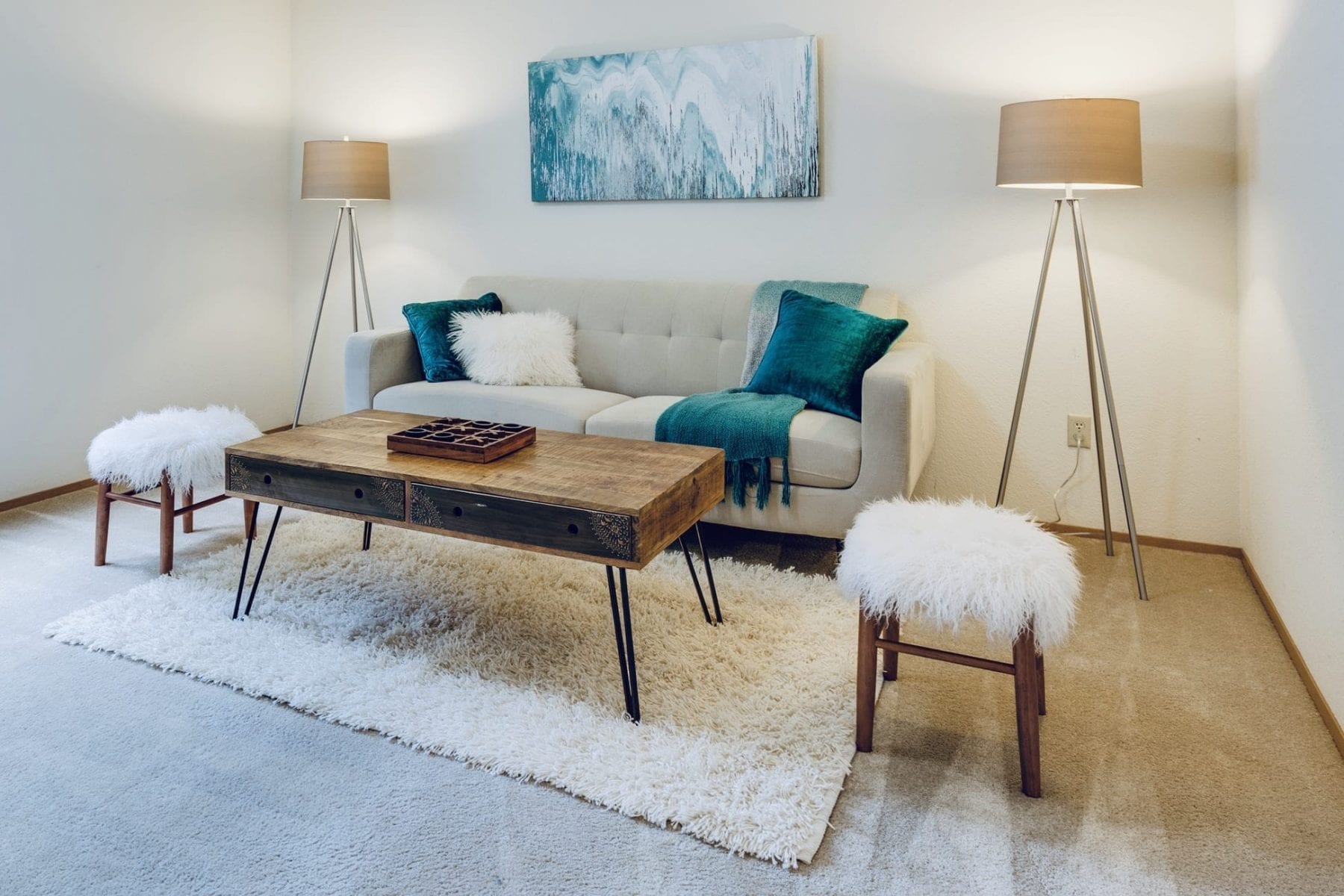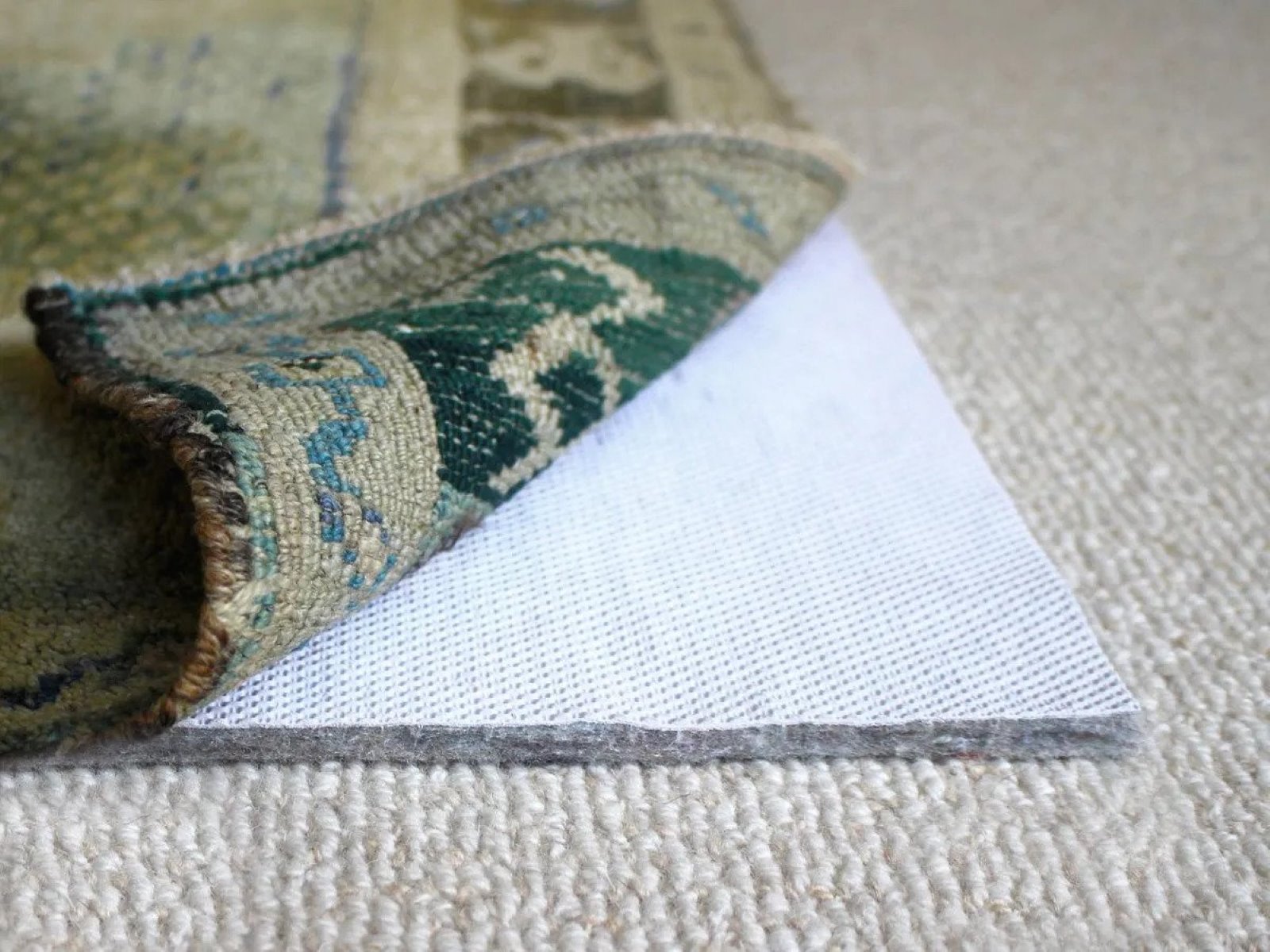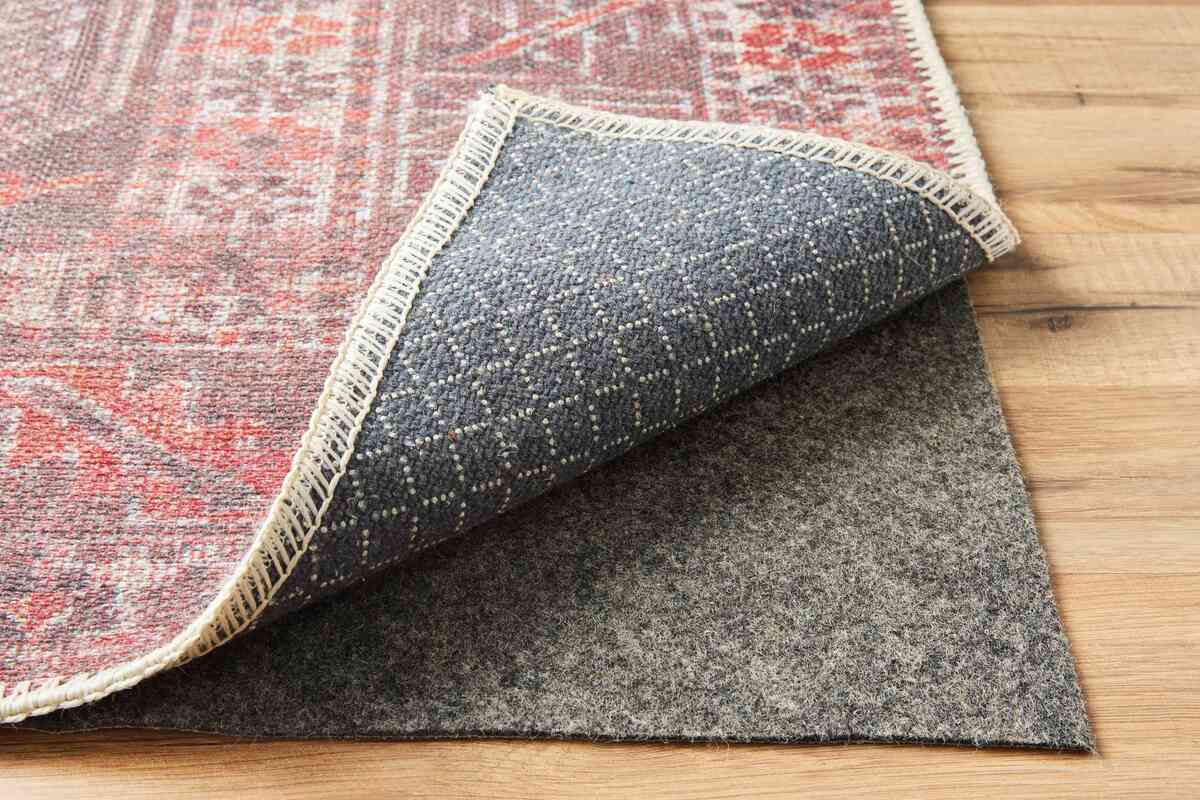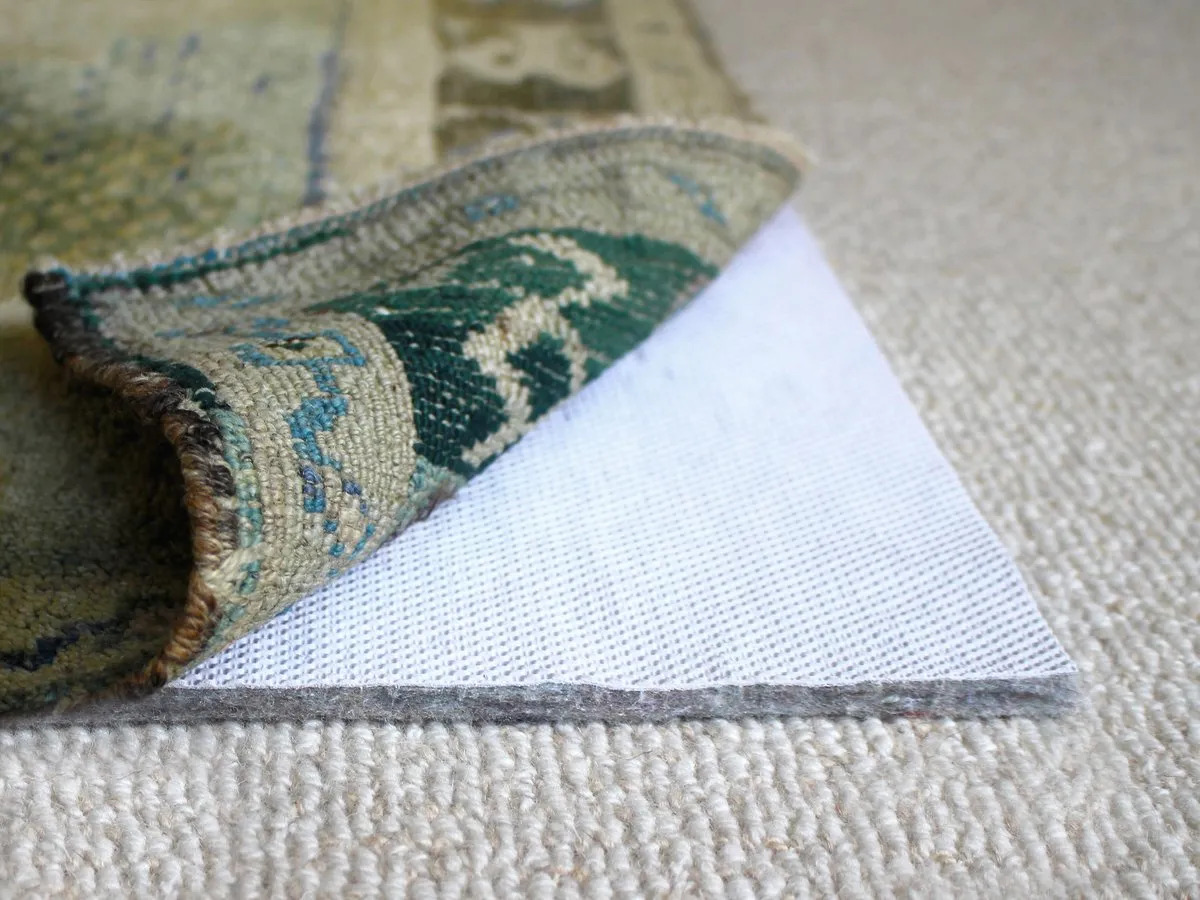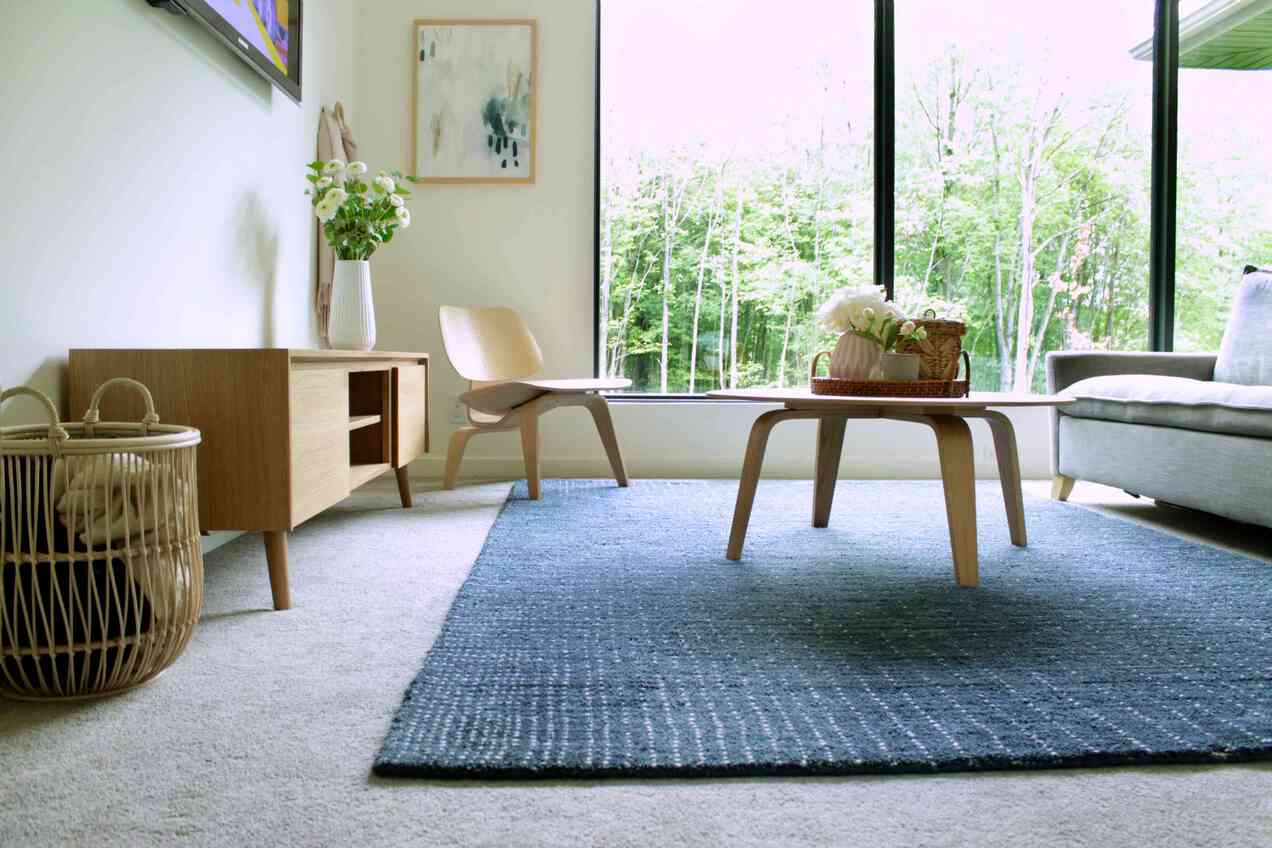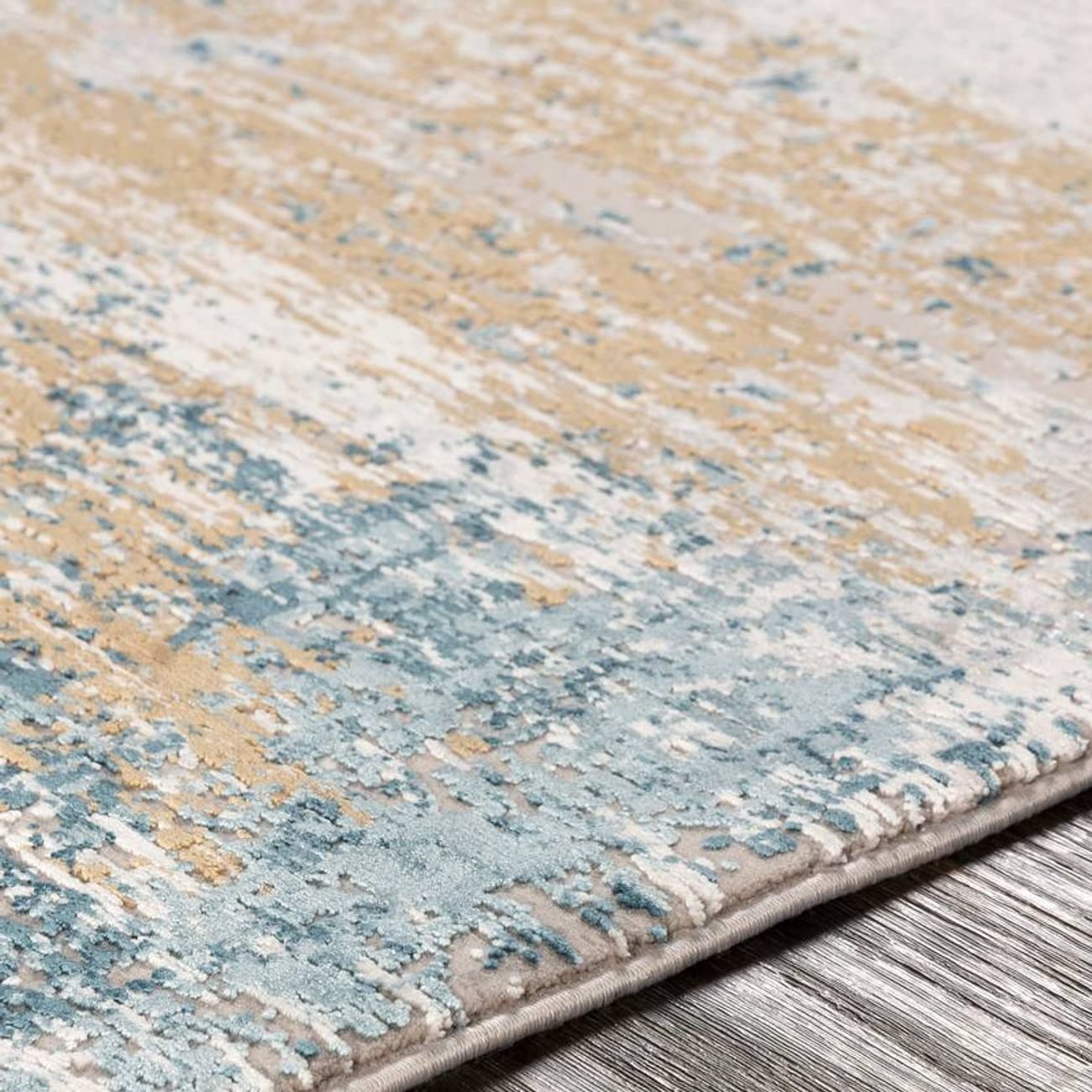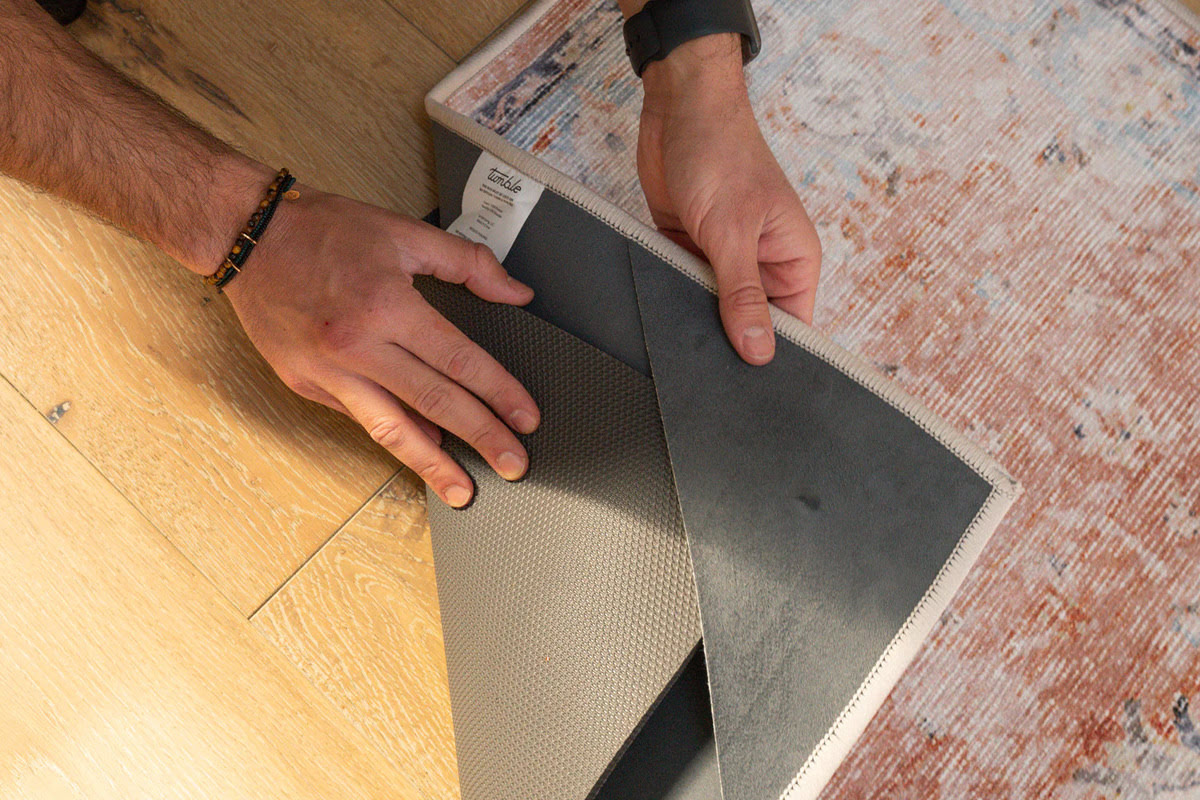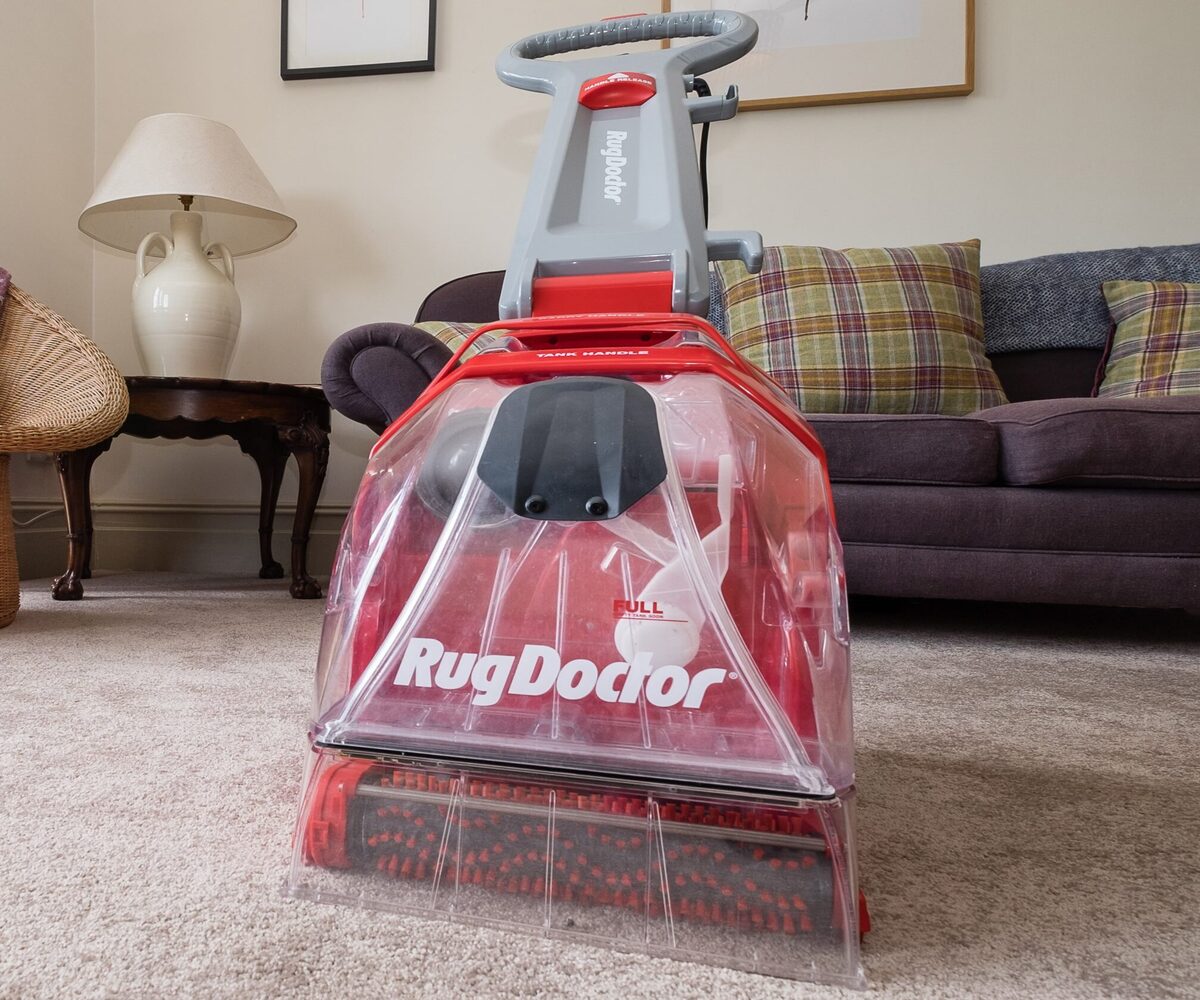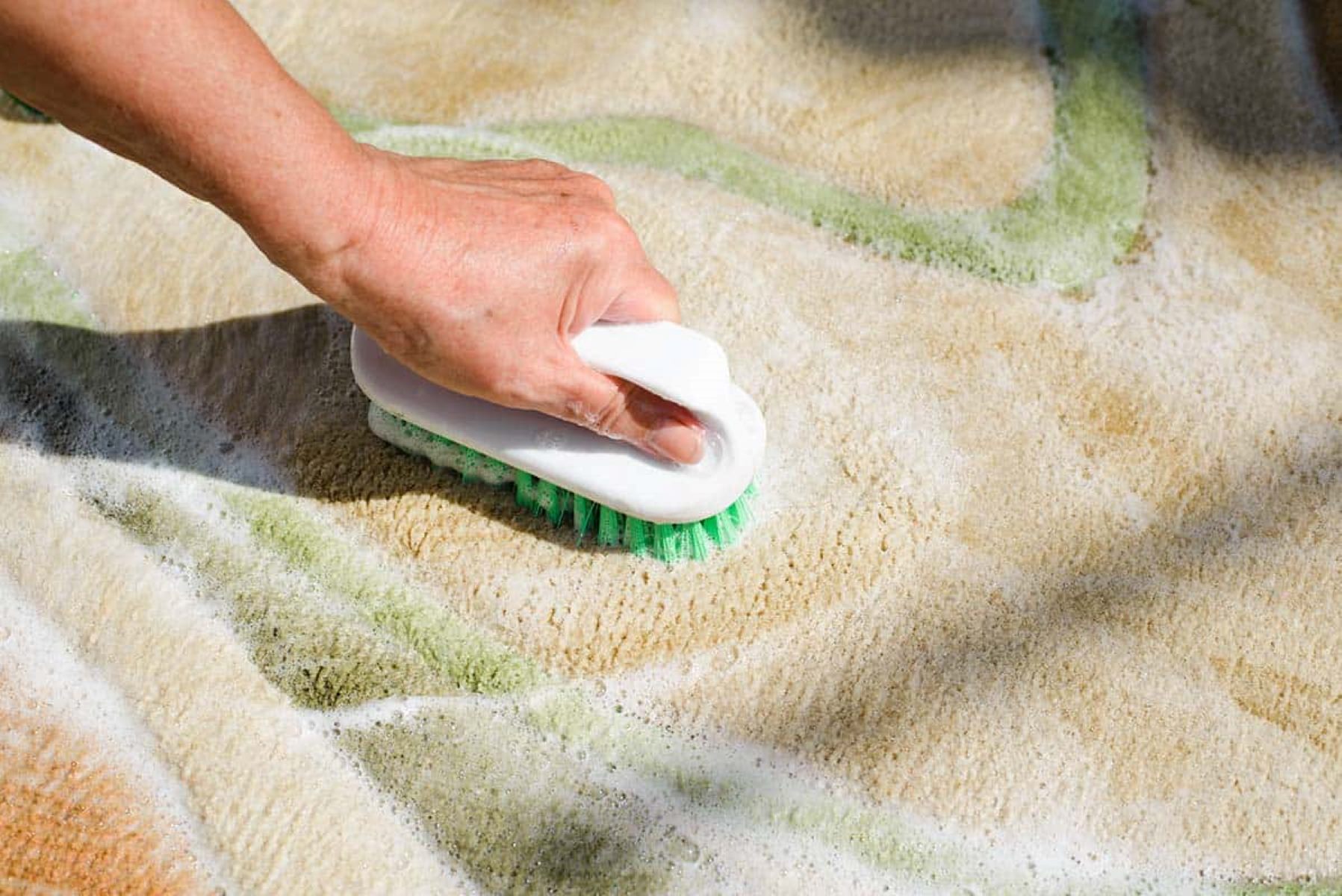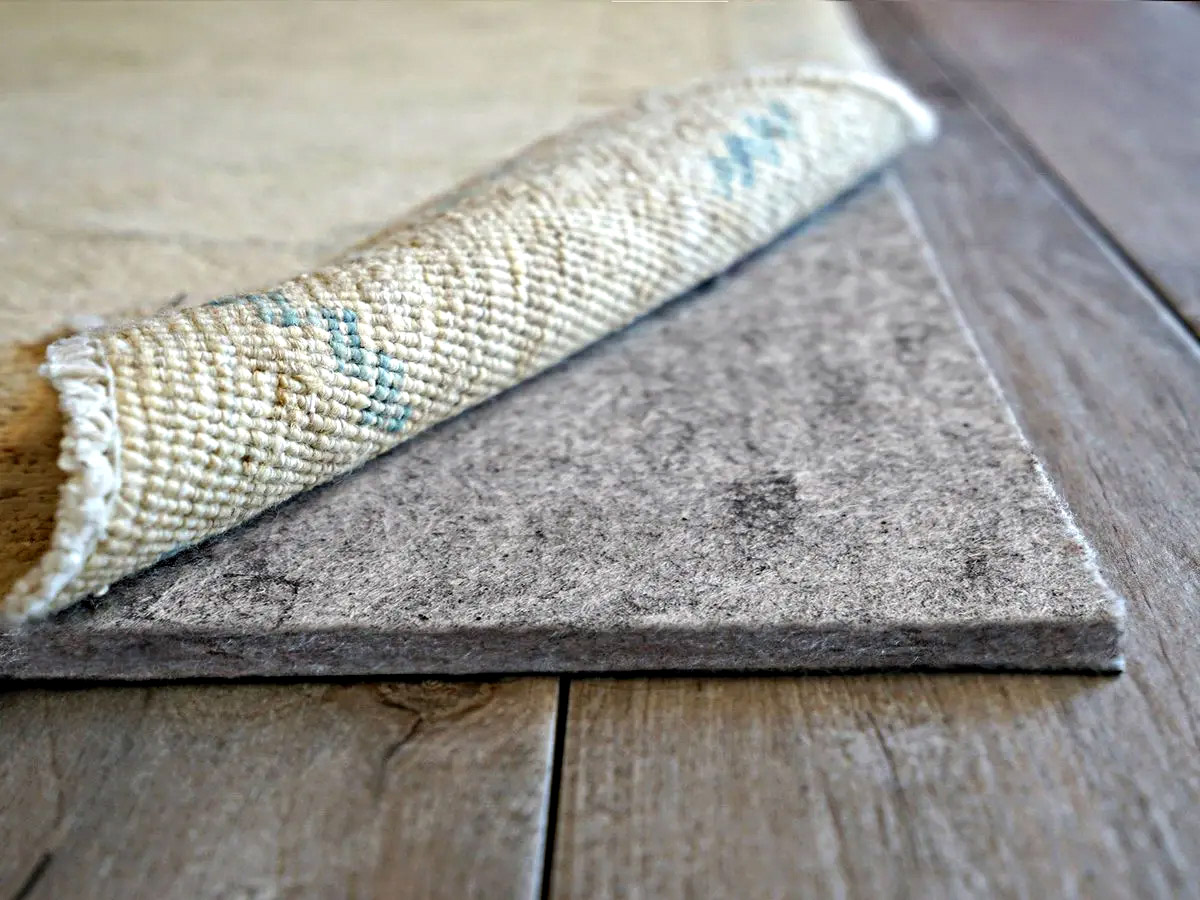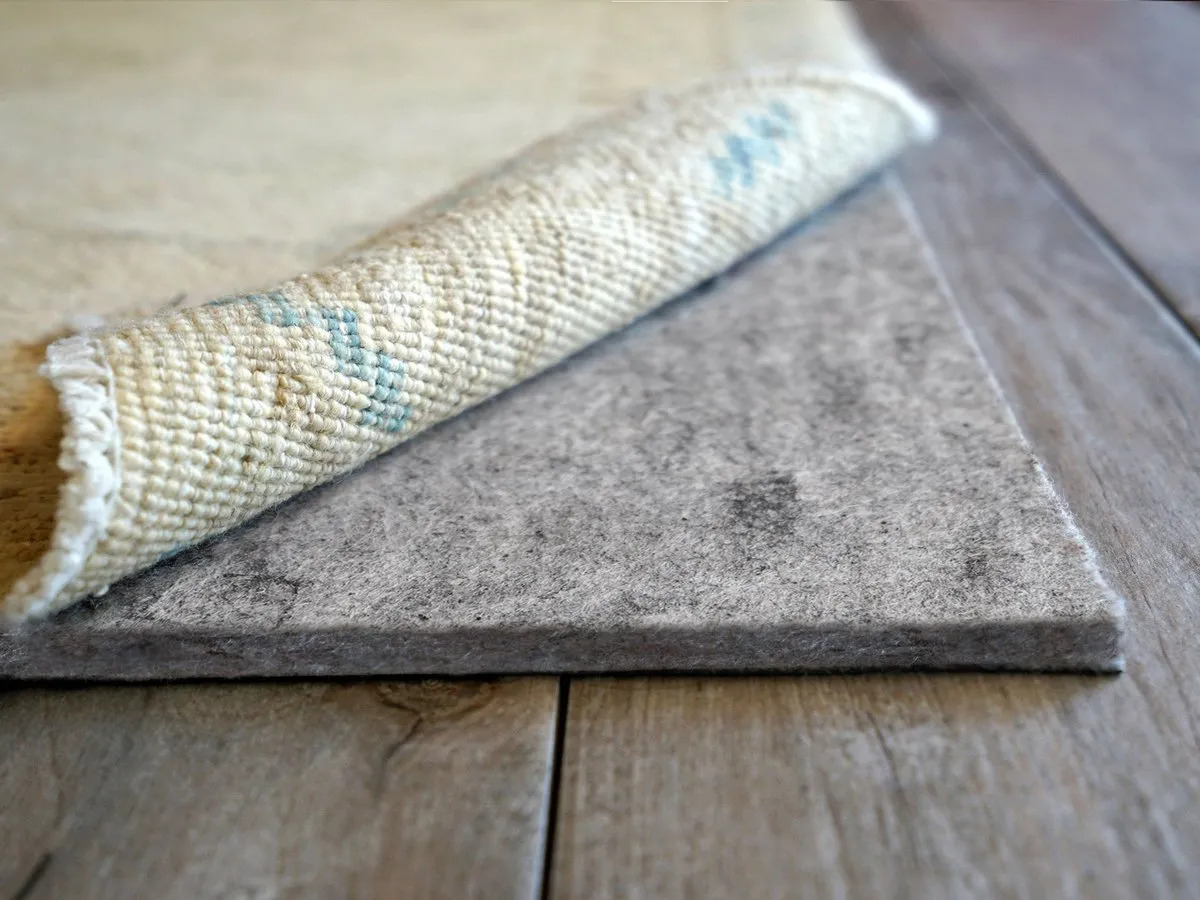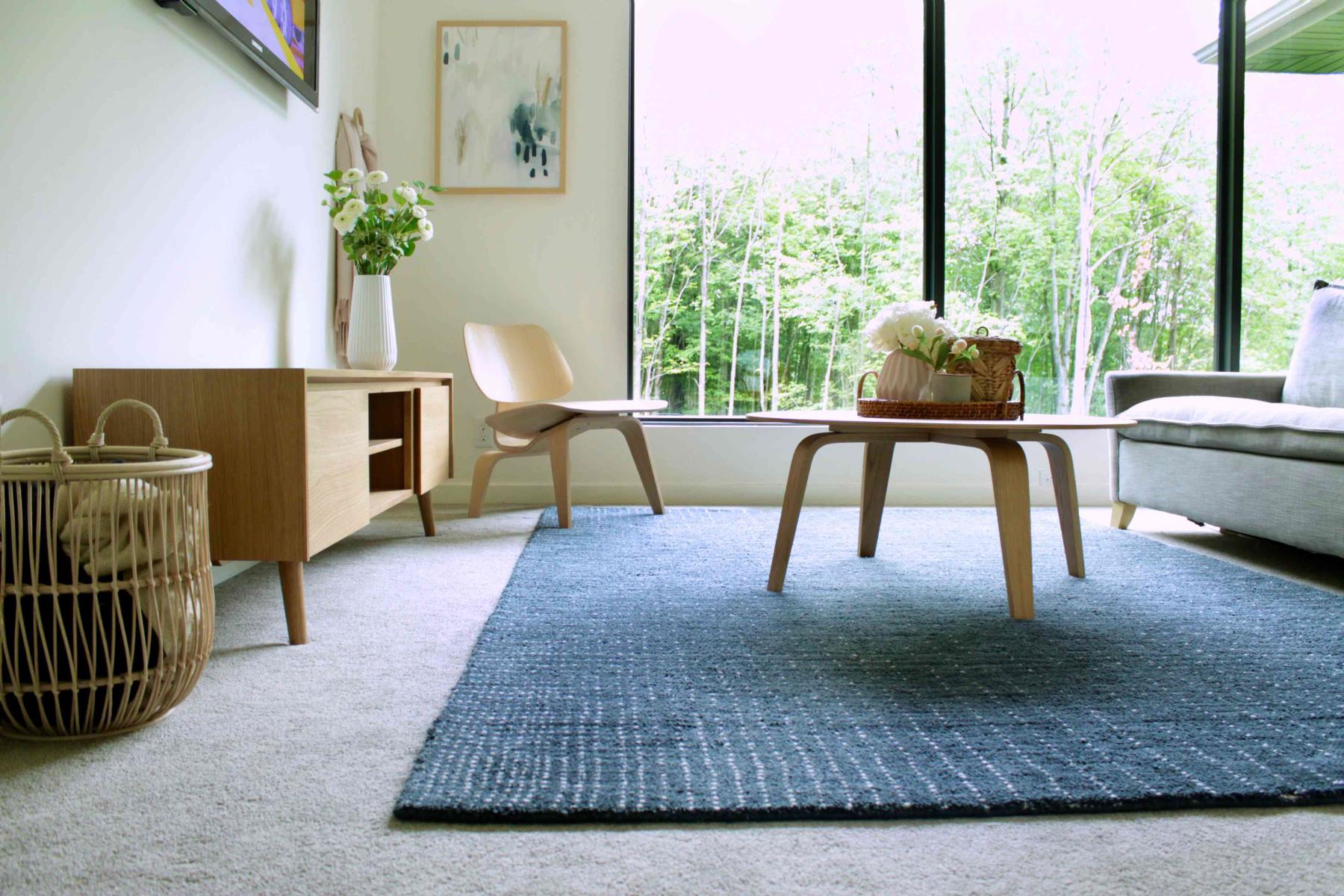

Articles
How To Secure A Rug On A Carpet
Modified: February 25, 2024
Learn the best techniques for securing a rug on a carpet with our comprehensive articles. Keep your rug in place and prevent tripping hazards.
(Many of the links in this article redirect to a specific reviewed product. Your purchase of these products through affiliate links helps to generate commission for Storables.com, at no extra cost. Learn more)
Introduction
When it comes to decorating your home, rugs can add warmth, style, and comfort to any space. However, placing a rug on top of a carpet can be a bit challenging. Without proper securing, the rug may slip, slide, or ruffle, causing potential tripping hazards or messing up the overall look of your room. So, how can you keep a rug securely in place on a carpet?
In this article, we will explore several methods that will help you secure a rug on a carpet, ensuring it stays in place and maintains its aesthetic appeal. Whether you have a large area rug or a small accent rug, these methods will provide you with the stability and peace of mind you need.
Before we delve into the specific techniques, it’s important to note that the method you choose will depend on your personal preference, the type of rug you have, and the level of security you require. Let’s explore the various methods together and find the one that suits your needs best.
Key Takeaways:
- Keep your rugs in place on carpet with rug grippers, non-slip rug pads, double-sided tape, carpet tape, Velcro strips, or furniture anchors. Choose the method that suits your rug and enjoy a secure, stylish living space.
- Whether you need a temporary or permanent solution, there are various methods to secure your rug on a carpet. Consider factors like rug type, carpet, and adjustability to select the best method for a slip-free, aesthetically pleasing home.
Read more: How To Style A Rug On A Carpet
Method 1: Using Rug Grippers
Rug grippers are an excellent solution for keeping a rug in place on a carpet. These handy accessories consist of adhesive pads or strips that adhere to both the rug and the carpet, creating a firm grip and preventing any shifting or sliding.
To use rug grippers, follow these simple steps:
- Clean the carpet: Before applying the rug grippers, make sure the carpet is clean and free from any debris or dust. This will ensure better adhesion.
- Measure the rug: Determine the size of the rug grippers you will need by measuring the corners and edges of your rug. Take note of the dimensions as this will help you select the appropriate rug grippers.
- Position the rug grippers: Peel off the protective backing of the rug gripper adhesive and place them strategically on each corner and side of the rug. Make sure to align them with the edges of the rug to ensure a secure hold.
- Press down firmly: Once the rug grippers are in place, press down firmly on each one to ensure proper adhesion to both the rug and the carpet. Apply pressure evenly across the surface.
- Smooth out the rug: After securing the rug grippers, smooth out the rug by pressing down on it with your hands or using a rug brush. This will help create a flat and even surface.
Rug grippers are a great option as they are easily adjustable and reusable. If you decide to reposition or remove the rug, simply peel off the rug grippers and readjust as needed.
One thing to note is that rug grippers work best on low-pile or flat-weave rugs. For thicker or shaggy rugs, additional methods may be necessary to ensure proper stability.
Now that you know how to use rug grippers, let’s explore another method to secure your rug on a carpet.
Method 2: Using Non-Slip Rug Pads
Non-slip rug pads are another effective way to keep your rug securely in place on a carpet. These pads provide an extra layer of cushioning while also preventing the rug from shifting or moving.
Here’s how you can use non-slip rug pads:
- Measure and cut the rug pad: Start by measuring the dimensions of your rug and then cut the non-slip rug pad to match those measurements. Make sure the rug pad is slightly smaller than the rug to ensure it remains hidden.
- Place the rug pad on the carpet: Lay the cut rug pad on the carpet where you want to position your rug. Ensure that the entire surface area of the rug will be covered by the pad.
- Unroll the rug on top of the pad: Carefully unroll your rug on top of the rug pad. Make sure the rug is aligned with the edges of the pad.
- Smooth out any wrinkles or folds: Once the rug is in place, smooth out any wrinkles or folds by gently pulling on the corners or using a rug brush. This will help create a flat and even surface.
Non-slip rug pads work by creating friction between the rug and the carpet, preventing movement and providing additional stability. They are particularly useful for thicker rugs or those with a high pile. The extra cushioning also helps to prolong the lifespan of your rug by reducing wear caused by constant shifting.
Non-slip rug pads are available in various materials, such as rubber or latex, which offer different levels of grip. Make sure you choose a pad that is suitable for your specific rug and carpet type.
Now that you’ve learned about using non-slip rug pads, let’s explore another method to secure your rug on a carpet.
Method 3: Using Double-Sided Tape
If you’re looking for a temporary solution to secure your rug on a carpet, using double-sided tape can be a quick and effective option. Double-sided tape creates a strong adhesive bond between the rug and the carpet, preventing any movement or slipping.
Here’s how you can use double-sided tape:
- Clean the carpet: Before applying the double-sided tape, clean the carpet thoroughly to ensure optimal adhesion.
- Measure and cut the tape: Measure the edges and corners of your rug and cut the double-sided tape to match those dimensions. It’s best to use a tape specifically designed for use with carpets and rugs.
- Attach the tape to the rug: Peel off the protective backing of the double-sided tape and attach it to the edges and corners of the rug. Make sure to align the tape with the edges of the rug for a secure hold.
- Press down firmly: Once the double-sided tape is in place, press down firmly on each section to ensure proper adhesion to both the rug and the carpet. Apply even pressure across the entire length of the tape.
- Smooth out the rug: After securing the tape, smooth out the rug by pressing down on it with your hands or using a rug brush. This will help create a flat and even surface.
Double-sided tape is a convenient option as it provides a strong grip and can be easily removed without leaving any residue or damage to the carpet. However, keep in mind that it may not be suitable for long-term use as the adhesive may lose its effectiveness over time.
It’s important to note that double-sided tape is recommended for use on low-pile or flat-weave rugs. For thicker rugs or those with a high pile, consider using other methods for added stability.
Now that you know how to use double-sided tape, let’s explore another method to secure your rug on a carpet.
Use rug gripper pads or double-sided carpet tape to secure the rug on the carpet. This will prevent slipping and tripping hazards.
Method 4: Using Carpet Tape
If you’re looking for a more permanent solution to secure your rug on a carpet, carpet tape can be an excellent option. Carpet tape is specifically designed for use on carpets and provides a strong adhesive bond between the rug and the carpet.
Here’s how you can use carpet tape:
- Clean the carpet: Before applying the carpet tape, clean the carpet thoroughly to ensure optimal adhesion.
- Measure and cut the tape: Measure the edges and corners of your rug and cut the carpet tape to match those dimensions. Make sure to use a tape that is suitable for use on carpets.
- Attach the tape to the rug: Peel off the protective backing of the carpet tape and attach it along the edges and corners of the rug. Press the tape firmly onto the rug, ensuring complete coverage.
- Press down firmly: Once the carpet tape is in place, press down firmly on each section to ensure proper adhesion to both the rug and the carpet. Apply even pressure along the entire length of the tape.
- Smooth out the rug: After securing the tape, smooth out the rug by pressing down on it with your hands or using a rug brush. This will help create a flat and even surface.
Carpet tape provides a strong and long-lasting hold, making it ideal for rugs that require extra stability or for high-traffic areas. However, keep in mind that carpet tape may leave residue or damage the carpet when removed, so it is best suited for rugs that will remain in place for an extended period.
It’s important to choose a high-quality carpet tape that is specifically designed for use on carpets to ensure optimal results.
Now that you know how to use carpet tape, let’s explore another method to secure your rug on a carpet.
Read more: How To Clean A Carpet Rug
Method 5: Using Velcro Strips
Velcro strips offer a versatile and easy-to-use solution for securing a rug on a carpet. These hook-and-loop fasteners create a strong bond between the rug and the carpet, preventing any movement or shifting.
Here’s how you can use Velcro strips:
- Clean the carpet: Before applying the Velcro strips, clean the carpet thoroughly to ensure optimal adhesion.
- Measure and cut the strips: Measure the edges and corners of your rug and cut the Velcro strips to match those dimensions. Use one side with hooks for the rug and the other side with loops for the carpet.
- Attach the strips to the rug: Peel off the backing of the hook side of the Velcro strip and attach it to the edges and corners of the rug. Ensure that the strip is firmly pressed onto the rug.
- Attach the strips to the carpet: Peel off the backing of the loop side of the Velcro strip and attach it to the corresponding areas on the carpet. Make sure that the strips are aligned with the ones on the rug.
- Press down firmly: Once the Velcro strips are in place on both the rug and the carpet, press down firmly on each section to ensure a strong and secure bond.
Velcro strips offer the advantage of adjustability, allowing you to easily reposition or remove the rug as needed. They are particularly suitable for smaller rugs or those that require frequent rearrangement.
It’s important to choose high-quality Velcro strips to ensure durability and longevity. Lower-quality strips may have weaker adhesion and may come loose over time.
Now that you know how to use Velcro strips, let’s explore another method to secure your rug on a carpet.
Method 6: Using Furniture Anchors
Using furniture anchors is a unique and effective method to secure a rug on a carpet, especially for larger or heavier rugs. Furniture anchors are typically used to secure furniture to prevent tipping or shifting, but they can also be used to anchor a rug in place.
Here’s how you can use furniture anchors:
- Clean the carpet: Before applying the furniture anchors, clean the carpet thoroughly to ensure optimal adhesion.
- Choose the right anchors: Select furniture anchors that are large and strong enough to hold the weight of your rug. It’s best to opt for heavy-duty anchors designed for securing furniture.
- Position the anchors: Place the furniture anchors strategically along the edges of the rug. Ensure that the anchors are evenly spaced and positioned towards the outer corners or edges of the rug.
- Attach the anchors to the carpet: Using screws or nails (depending on the type of anchors), secure the anchors to the carpet, penetrating through the rug and into the carpet. Make sure to position the anchors deep enough to provide a secure hold.
- Attach the anchors to the rug: Once the anchors are secured to the carpet, use screws or another appropriate method to affix them to the rug. This will create a strong connection between the anchor and the rug, preventing any movement.
Using furniture anchors may require some drilling or may leave small holes in the rug and carpet. Therefore, it’s important to consider this method for rugs that are less likely to be moved or rearranged frequently.
It’s crucial to choose furniture anchors that are specifically designed for securing rugs to ensure optimal stability and safety.
Now that you know how to use furniture anchors, you have a variety of methods to choose from to secure your rug on a carpet. Select the method that works best for your specific rug and carpet type to ensure a secure, slip-free, and aesthetically pleasing living space.
Conclusion
Securing a rug on a carpet can be challenging, but with the right methods and techniques, you can ensure that your rug stays in place, providing both style and safety to your living space.
In this article, we explored six different methods for securing a rug on a carpet:
- Using rug grippers
- Using non-slip rug pads
- Using double-sided tape
- Using carpet tape
- Using Velcro strips
- Using furniture anchors
Each method offers its own advantages and suitability depending on the type of rug, the carpet, and your individual preferences. Whether you prefer a temporary or a more permanent solution, there is a method that will meet your needs.
Remember to consider factors such as the type of rug and carpet, the level of grip required, and the ease of adjustability or removal when selecting the best method for securing your rug.
By following the step-by-step instructions provided for each method, you can confidently secure your rug on a carpet, preventing any slipping, sliding, or tripping hazards.
Choose rug grippers for adjustability, non-slip rug pads for cushioning, double-sided tape for a temporary solution, carpet tape for a more permanent option, Velcro strips for easy repositioning, and furniture anchors for heavy rugs that require extra stability.
Now that you have a variety of techniques at your disposal, you can enhance the beauty and functionality of your living space with the assurance that your rug will stay securely in place on your carpet.
So go ahead, apply the method that suits your needs, and enjoy a well-styled and safe home environment.
Frequently Asked Questions about How To Secure A Rug On A Carpet
Was this page helpful?
At Storables.com, we guarantee accurate and reliable information. Our content, validated by Expert Board Contributors, is crafted following stringent Editorial Policies. We're committed to providing you with well-researched, expert-backed insights for all your informational needs.
